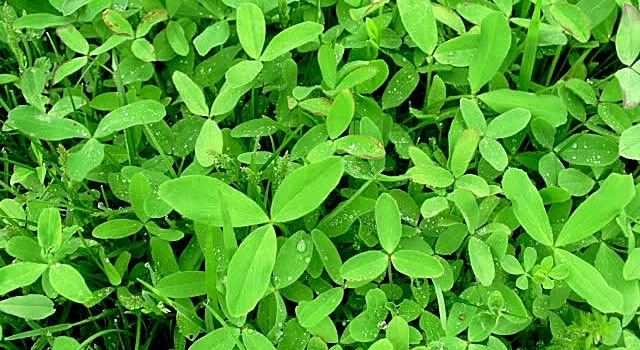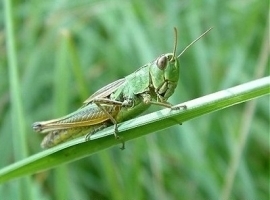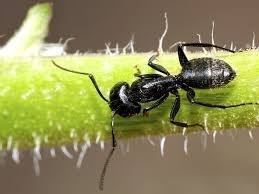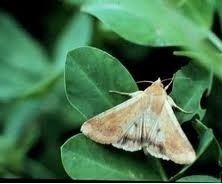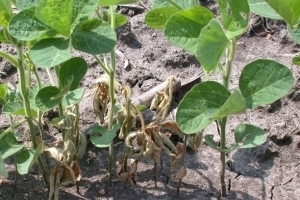General Information
Berseem is a fast growing, high quality forage that is mainly cut and fed as green chopped forage. Flowers are yellowish-white in color. Berseem can be sown alone or in combination with other species. It is mixed with grass (ryegrass) or with a winter cereal crop such as oats to make high quality silage.

